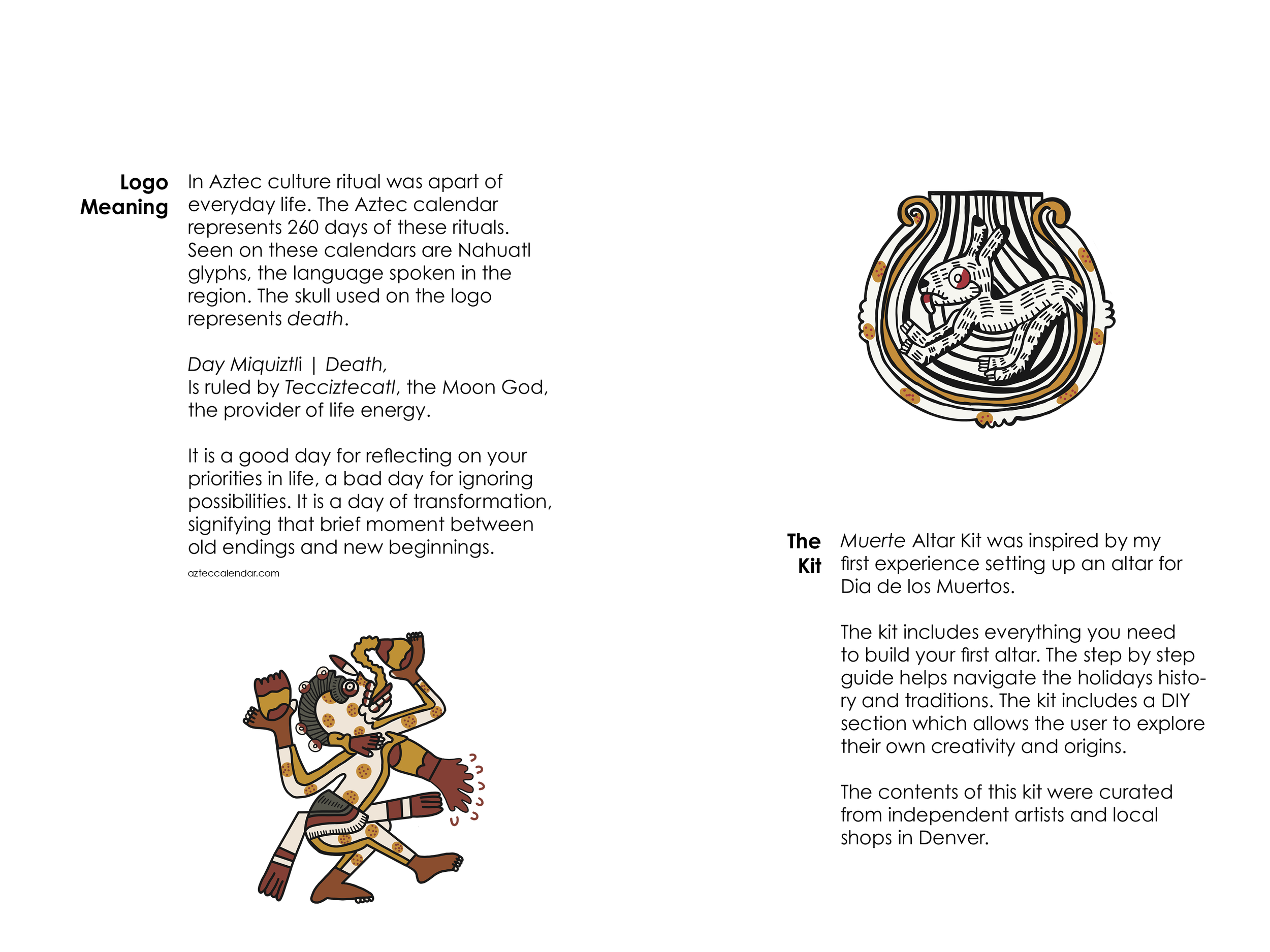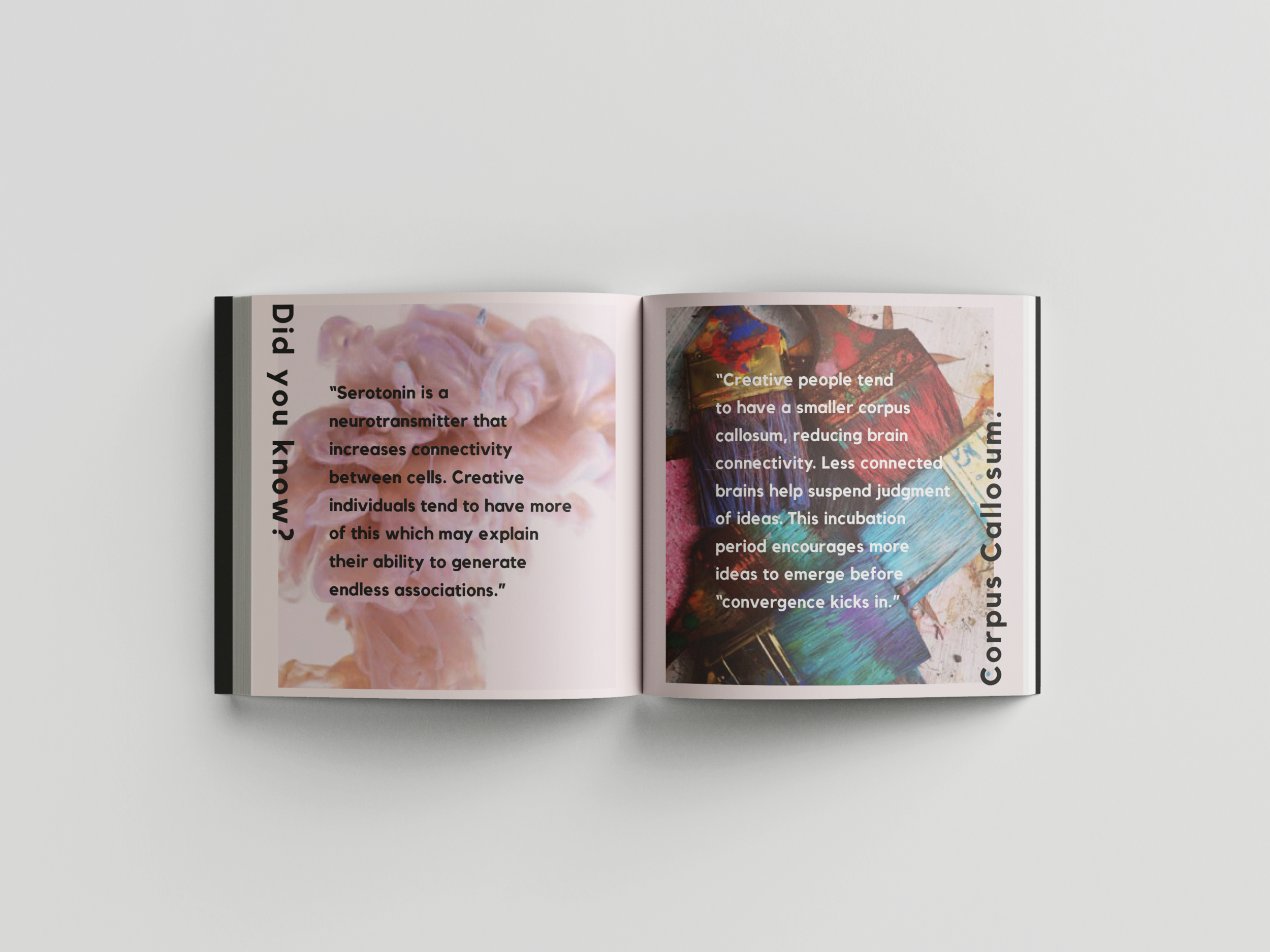Ashley LaFrance
Ancestry and Creativity
The Evolution of an Artist
An insight of nature vs nurture
Genes and unique environments influence creativity in the arts. (1). Knowing one’s ancestry is an integral part of human existence and a vital asset to derive creativity. The design process can be the prominent beginning of an intrinsic ancestral journey, which makes way for the opportunity to discover how creativity can be genetically passed along. Creativity is a product of a complex interplay between nature and nurture, which is indeed the case for essentially all human traits. (2)
It is hard to understand where one's qualities come from, especially being adopted at such a young age. This leads to the question, does creativity come from the family which an individual is raised or from the birth family? My origin story and the book-making project, which was used for its design process, led to a more in-depth dialogue surrounding my birth story and the events leading to my adoption. Unbeknownst to me, these curiosities evolved into a self-discovery journey and finding where I belong culturally. Discovering this part of myself has had a significant influence on the final body of work and has had an impact on my creative process and design work. Muerte Altar Kit is inspired by my ancestry and the traditions behind Dia de los Muertos. This kit is a catalyst for adults embarking on their own journey of self-discovery and looking to establish their own ancestral traditions. Muerte Altar Kit allows the user an opportunity to explore their creativity and to reflect on their origins.
Genes provide the blueprint for our brains and these have already been shaped by the experiences of our ancestors so family traits may be an accurate indicator of creative tendencies. However, the experiences and the environment that the child grows up with are just as important in the brain’s development. And this continues into adulthood; the brain’s plasticity ensures that the structure of the brain, at any time, is a result of the interplay between genetic, epigenetic and environmental factors. The brain continues to adapt and be shaped throughout life. We can continue to learn. (3)
The design process can be the prominent beginning of an intrinsic ancestral journey.
Check out my full altar at the Center for Visual Arts.
April 16 - May 7, 2021 | Denver, Colorado
1. Manzano, Örjan De, and Fredrik Ullén. "Genetic and Environmental Influences on the Phenotypic Associations between Intelligence, Personality, and Creative Achievement in the Arts and Sciences." Intelligence.69 (2018): 123-33. Accessed January 12, 2021.
2. Kaufman, James C., and Vlad P. Glăveanu. "A Review of Creativity Theories." The Cambridge Handbook of Creativity, 2019, 27-43.
3. Meer, Sebastian. "Creativity - Nature or Nurture?" Insight. August 11, 2017. Accessed March 01, 2021. http://insight.cumbria.ac.uk/id/eprint/3415/.









